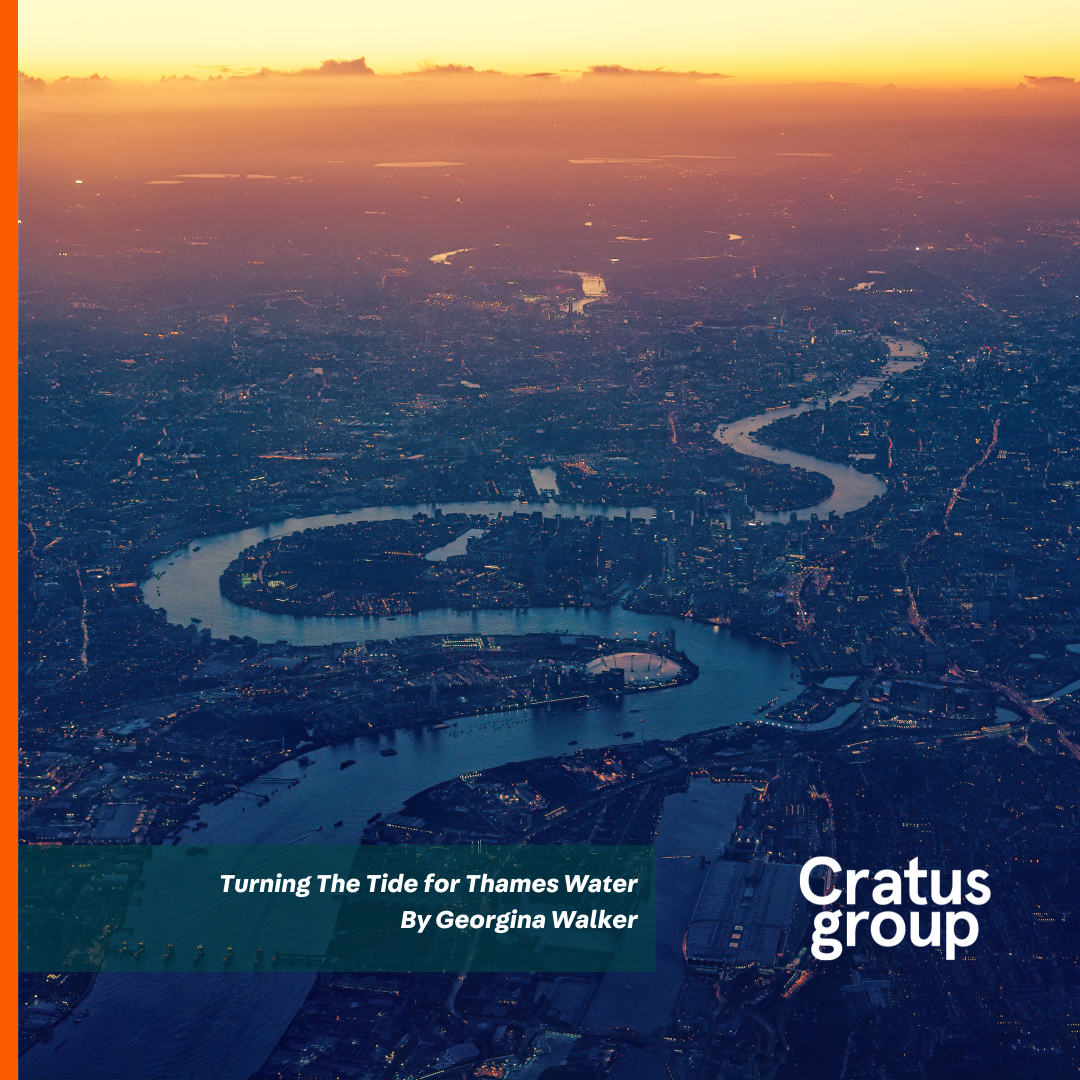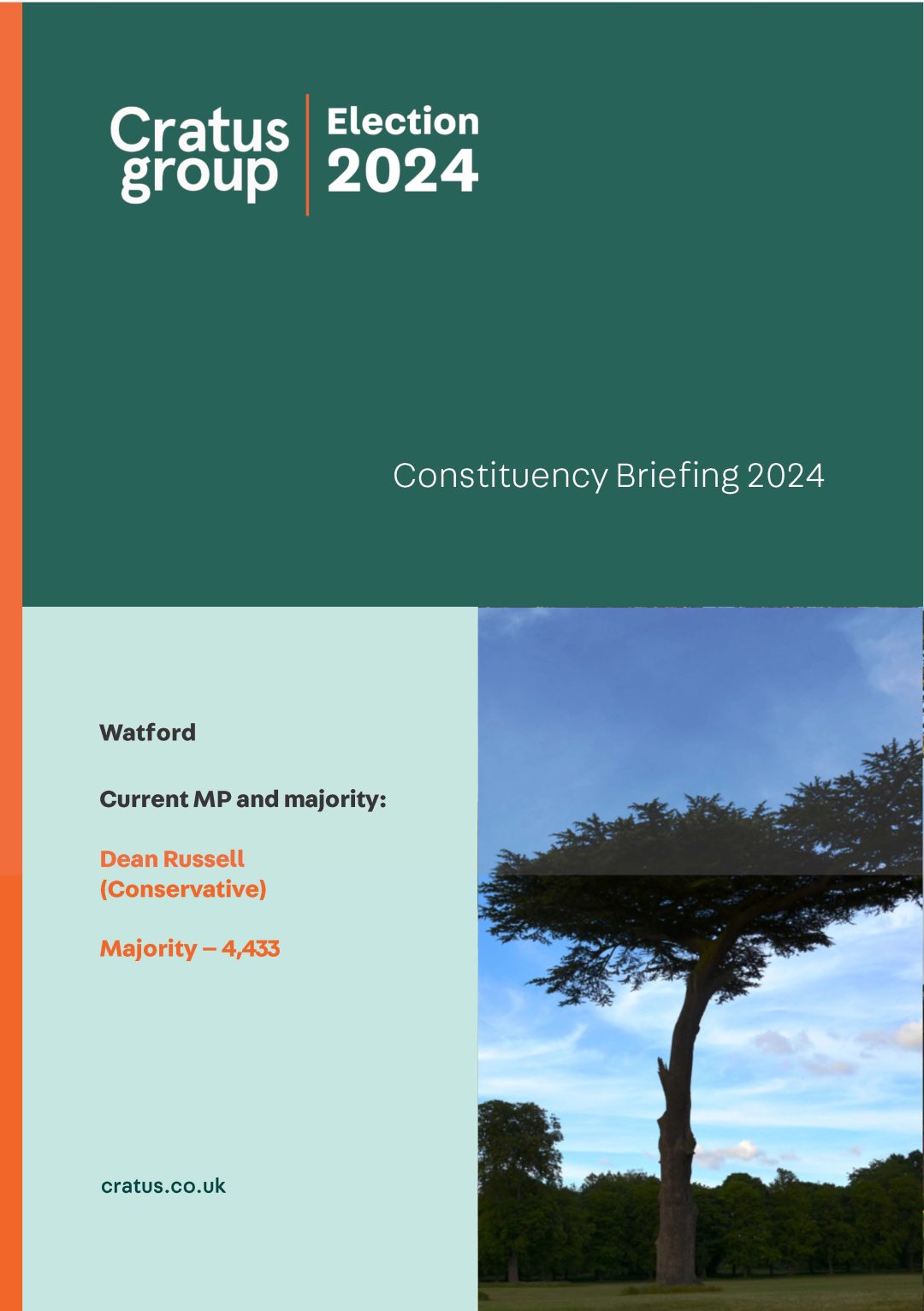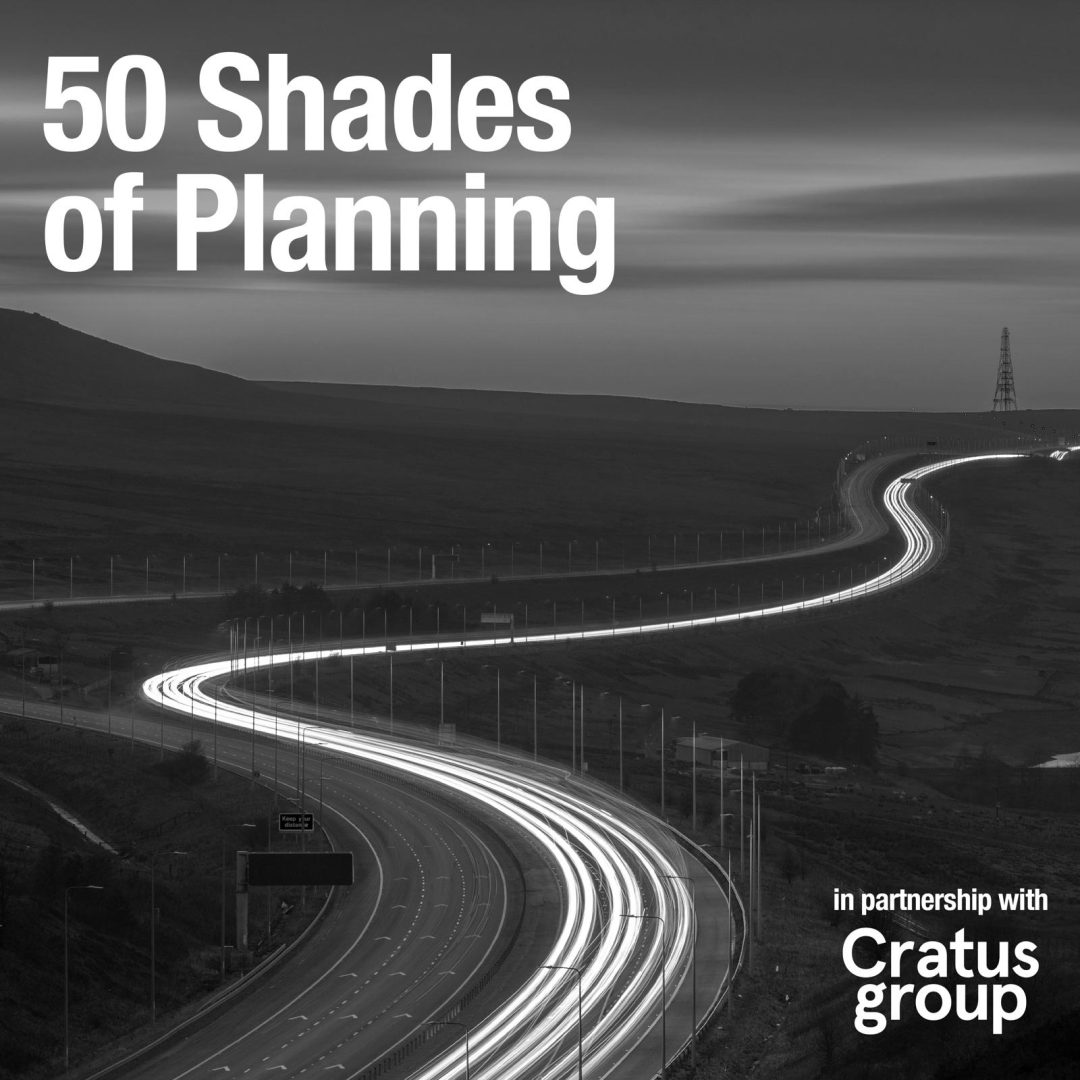Oxfordshire councils call time on Oxfordshire Plan 2050
By Matt Spencer
Work on the Oxfordshire Plan 2050 will end, following a statement released by Oxford’s district councils – Oxford City, Cherwell, West Oxfordshire, Vale of White Horse and South Oxfordshire – confirming that no further work would be undertaken. If successful, the Plan would have informed growth and infrastructure delivery across the County over the next 30 years.
The five local planning authorities signed up to joint plan making in 2018, however, agreement ultimately failed to materialise as political differences emerged over addressing where the homes needed would actually be located. The Labour-run administration at Oxford City Council has been generally supportive of housebuilding in order to facilitate economic growth and address affordability, as Oxford is consistently one of most expensive places to live in the UK. In contrast, the surrounding District Councils, most notably South Oxfordshire, have been critical of the Government’s house building targets and have been reluctant to support new development. Perhaps, it is not a surprise that an agreement on a joint Plan across the County was always going to be hard to come by.
Instead, the District Councils have pledged to continue cooperation to avoid their emerging Local Plans being declared unsound due to a failure in the duty to cooperate. Indeed, South Oxfordshire and the Vale of White Horse are continuing to progress their Joint Local Plan 2041. The Joint Plan is part of a process of increased cooperation between the two authorities who share offices and whose leadership is supportive of a potential merger.
The future of strategic development in Oxfordshire now looks bleak, and it seems unlikely that this can be solved in the short or long term as the Arc appears to have been shelved. The fate of the Oxfordshire Plan 2050 could also spell bad news for strategic planning more broadly as cooperation between different council administrations (especially those with a variety of Party-political colours) becomes more challenging.
Against this backdrop, it will be interesting to see whether the South West Herts Joint Strategic Plan made up of three Lib Dem and two Conservative authorities will follow the same path or whether they can surmount the cross the boundary challenges to the benefit of all.
The Oxfordshire outcome, although expected, makes it unlikely that we will see a strategic and coherent approach to planning across the Oxfordshire authorities in the medium term. With this in mind, having a close understanding of the local politics of each District will be ever more important – especially with local elections scheduled for May 2023.
Cratus has extensive experience in navigating clients through the political environment in Oxfordshire. If you would like to get in touch to discuss how we can help, please contact Duncan Flynn, Director – Northern Home Counties on Duncan Flynn.







